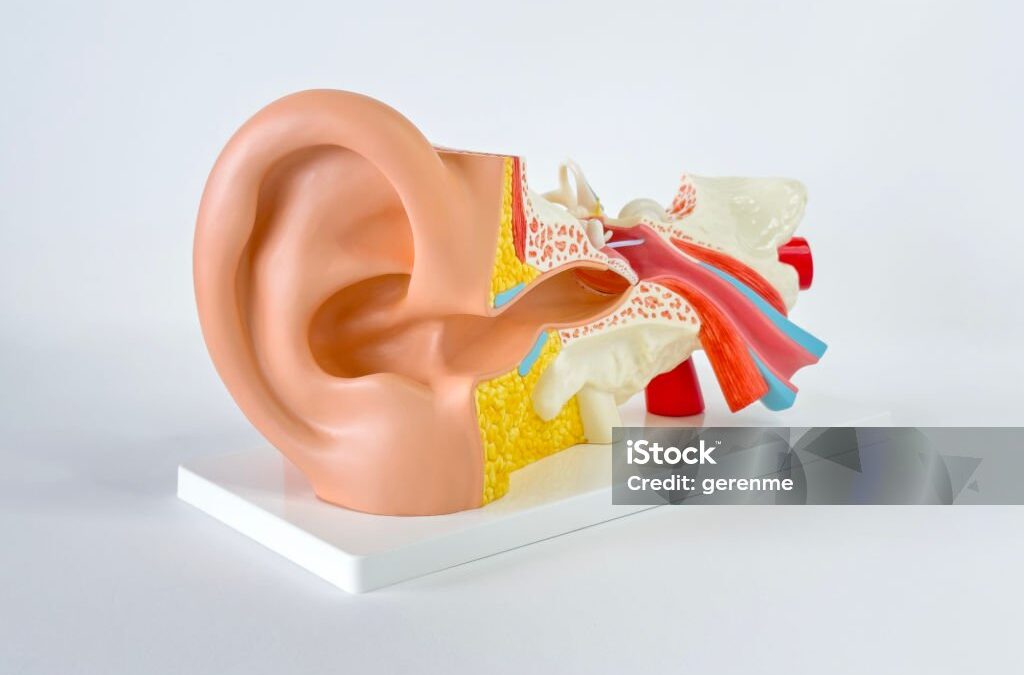Our bodies are incredibly complex machines and part of this beautiful sophistication is the way they communicate with us. When we are acting or thinking in ways which are harmful to our body/mind/soul, we often consciously or unconsciously deny or ignore this reality for a multitude of possible reasons. However, if we continue to deny or ignore the current or potential consequences of our harmful thoughts and actions, these amazing machines called our bodies often do their best to let us know that we are heading down an ill-advised path and that we would be wise to take action.
What language does the body speak?
It is a universal dialect called pain and discomfort. No matter where in the world you live, or what your ‘mother tongue’ is, you understand the language of pain and discomfort. Headaches, stomach cramps, stiff neck, sore back, fatigue, frequent colds and infections, rashes and nervous tics are but a few of the most common ways our bodies let us know that something is wrong. However, because we have a long history in the Western world of separating the mind and the body, we often jump to the conclusion that our physical pain and discomfort must have a physical cause.
Now of course, this can often be the case, but for many people who suffer from the list of ailments listed above, a battery of standard medical tests often come up empty-handed. This is because many physical symptoms are the result of psychological distress. Many jump to the conclusion that this means that such ailments are ‘all in your head’ and as such do not actually exist. On the contrary, physical symptoms with a psychological cause are very real – they are simply the language our body is using to let us know that something psychological needs to be addressed.
There is thus, no physical cause which can be treated or cured, but rather it is a psychological – or even spiritual – problem which needs to be addressed. The ‘impress your family and friends’ word for the body’s ability to communicate psychological distress through physical pain and discomfort is called somatization.
In his 1996 book about Sigmund Freud and psychoanalysis, Richard Harris points out that many of Freud’s early patients sought his help as a medical doctor and it was, in part, his interest in the very common phenomenon of physical symptoms with psychological causes which led him to develop psychoanalysis. In the present day, most diagnostic tools which are used to determine if a person is suffering from a mental health issue will include ‘frequent pain or discomfort with no known cause’ as one of the potential symptoms of anxiety, depression, post-traumatic stress disorder and several other conditions.
Turning your ‘crisis’ into an ‘opportunity’
So, while pain and discomfort can make it very challenging to live life to the fullest, it is the ability of pain and discomfort to capture our attention that makes it such an effective messenger that change is needed. If you are struggling with persistent physical issues, by all means, talk to your family physician or another health professional. However, if the standard medical tests come up empty, you may want to explore the psychological roots of your physical problems.
Chronic stress, unresolved shame/guilt, feeling hopeless and living a life that is not consistent with your deeper values are but a few of the psychological challenges which can manifest as physical issues or make pre-existing pain or discomfort feel even worse. As uncomfortable and frustrating as unresolved pain and discomfort can be, it may be an opportunity in disguise – an opportunity to explore, and perhaps even resolve, some deeper issues which are trying to get your attention.
To explore the psychological connections that may be underpinning your physical ailments contact one of our registered therapists for your confidential consultation today.

Recent Comments